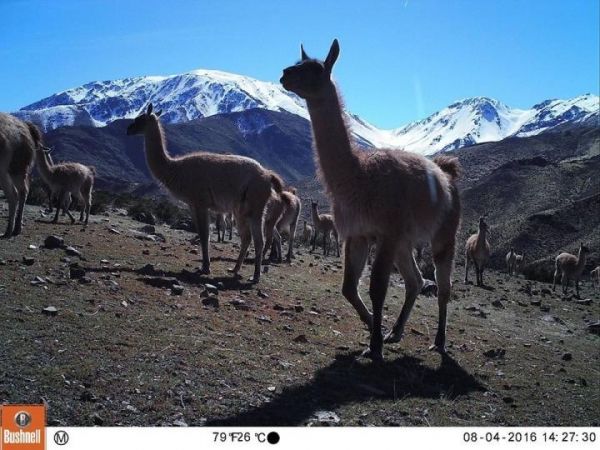When you think of the effects of climate change on wildlife, what’s the first image that pops into your mind? Perhaps it’s a lonely, starving polar bear desperately searching for food on a melting ice sheet, or a burnt koala struggling across the Australian bush as fires devastate its habitat. What you’re probably not picturing is a herd of wild camel relatives atop Chile’s warming mountain ranges.
Chile is home to two wild camelid species: the smaller vicuña, found in the Andean plains, and its larger cousin, the guanaco, found in deserts, shrublands and steppes across the country. Guanacos aren’t well known to many people outside Latin America, but you may know their woolly domesticated relatives, the llama and the alpaca. Guanacos of central Chile can be found in the mountainous Valparaíso Region on the border with Argentina, where they eke out a harsh existence in dry grassland. But, as these areas become drier due to climate change, guanacos are increasingly getting on the wrong side of their human neighbours.
So how could a fluffy, non-threatening, llama-like herbivore cause problems with local communities? There have been increasing complaints from local Chilean livestock ranchers that guanaco population numbers have been expanding and are now competing with their livestock for grass. These complaints have risen in recent years as the effects of climate change have become more pronounced in the mountainous areas. As the climate warms, the usual habitat of dry, mountainous grassland that the guanacos inhabit is turning to desert, which means there’s less grass for guanacos to eat, so they’re having to travel down slopes to graze the pasture of livestock.
We wanted to understand what was really happening here, so we interviewed the ranchers to understand what they thought was driving the conflict between people and guanacos. What we found is a troubling reminder that no corner of the world is likely to escape the strife that climate change will bring.
Read more at Newcastle University
Image: Camera trap image of Guanacos (Credit: copyright Solange Vargas)


